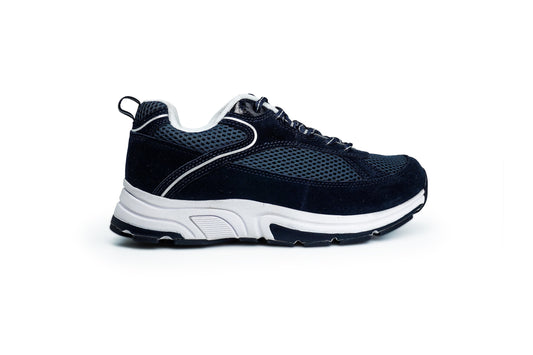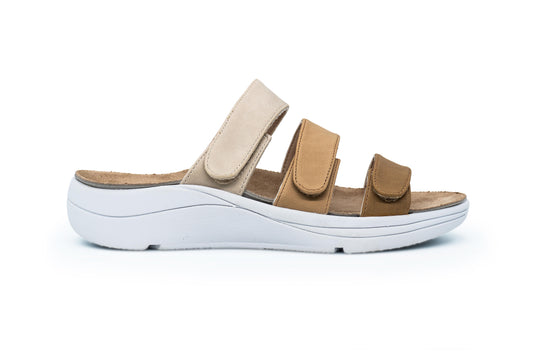Understanding Common Diabetic Foot Problems: How to Protect Your Feet
Living with diabetes presents unique challenges, particularly when it comes to foot health. Diabetic individuals are at increased risk of developing various foot problems due to factors such as neuropathy, poor circulation, and susceptibility to infections. Understanding and addressing these common diabetic foot issues is crucial for maintaining overall well-being and minimizing complications. Here are five prevalent diabetic foot problems to be aware of:
- Diabetic Neuropathy: Diabetic neuropathy, a condition resulting from prolonged high blood sugar levels, damages nerve endings in the peripheral nerves. Symptoms may include numbness, tingling, and slow wound healing in the legs and feet. Wearing diabetic shoes or orthopedic slippers is recommended to protect against injuries and provide adequate support, particularly outdoors where hazards may go unnoticed due to reduced sensation.
- Calluses: Calluses, thickened patches of skin, often develop on the soles of the feet due to pressure and friction from ill-fitting shoes or improper weight distribution. Regular foot examinations and wearing properly fitted footwear can help prevent callus formation. Consultation with a podiatrist may be necessary for professional management and treatment of severe calluses.
- Corns: Similar to calluses, corns are hardened areas of skin that typically form on or between the toes in response to pressure or friction from footwear. Soaking the feet in warm water and using a pumice stone can help soften and remove corns. Moisturizing the feet regularly can also alleviate discomfort associated with corns.
- Bunions: Bunions are bony protrusions that develop at the base of the big toe, causing it to deviate towards the second toe. Ill-fitting shoes and biomechanical abnormalities contribute to bunion formation. Proper footwear selection, including shoes with a wide toe box, can alleviate pressure on the toes and prevent worsening of bunions. Consultation with a podiatrist may be necessary for advanced treatment options.
- Diabetic Ulcers: Foot ulcers are open wounds or sores that commonly occur in individuals with diabetes, often as a result of minor injuries or cuts. Prompt attention and proper wound care are essential for preventing infection and minimizing the risk of complications such as gangrene or amputation. Protective footwear and regular foot inspections are crucial for early detection and management of diabetic ulcers.








